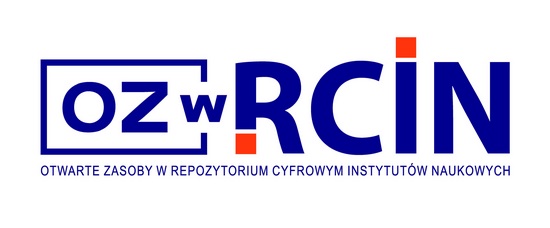|
adubiec(at)miiz.waw.pl
|
|
https://www.researchgate.net/profile/Anna_Dubiec
Recent publications:
Dubiec A., Da Silva A., Celej M. Low prevalence of haemosporidian and trypanosome infections in the Eurasian Nightjar (Caprimulgus europaeus). Journal of Ornithology, in press.
Vriend S. J. G., Grøtan V., Gamelon M., et al. Temperature synchronizes temporal variation in laying dates across European hole-nesting passerines. Ecology, in press.
Bailey L. D., van de Pol M., Adriaensen F. et al. 2022. Bird populations most exposed to climate change are less sensitive to climatic variation. Nature Communications 13: 2112.
Arct A., Drobniak S. M., Dubiec A., Martyka R., Sudyka J., Gustafsson L. Cichoń M. 2022. The interactive effect of ambient temperature and brood size manipulation on nestling body mass in blue tits: an exploratory analysis of a long-term study. Frontiers in Zoology 19:9.
Arct A., Martyka R., Drobniak S. M., Oleś W., Dubiec A., Gustafsson L. 2022. Effects of elevated nest box temperature on incubation behaviour and offspring fitness-related traits in the collared flycatcher Ficedula albicollis. Journal of Ornithology 163: 263–272.
Culina A., Adriaensen F., Bailey L. D., et al. 2021 Connecting the data landscape of long-term ecological studies: The SPI-Birds data hub. Journal of Animal Ecology 90: 2147–2160.
Corsini M, Schöll E. M., Di Lecce I., Chatelain M., Dubiec A., Szulkin M. 2021. Growing in the city: urban evolutionary ecology of avian growth rates. Evolutionary Applications 14: 69–84.
Maziarz M., Broughton R. K., Casacci L. P., Dubiec A., Maák I., Witek M. 2020. Thermal ecosystem engineering by songbirds promotes a symbiotic relationship with ants. Scientific Reports 10: 20330.
Møller A. P., Balbontín J., Dhondt A. A., et al. 2020. Interaction of climate change with effects of conspecific and heterospecific density on reproduction. Oikos 129: 1807–1819.
Kubacka J., Podmokła E., Korb J., Dubiec A. 2020. Heterozygosity and fitness in a threatened songbird: blood parasite infection is explained by single-locus but not genome-wide effects. Journal of Ornithology 161: 803-817, doi: 10.1007/s10336-020-01753-0.
Norte A. C., Margos G., Becker N. S. et al. 2020. Host dispersal shapes the population structure of a tick-borne bacterial pathogen. Molecular Ecology 29:485–501, doi: 10.1111/mec.15336.
Sudyka J., Podmokła E., Drobniak S., Dubiec A., Arct A., Gustafsson L., Cichoń M. 2019. Sex-specific effects of parasites on telomere dynamics in a short-lived passerine - the blue tit. The Science of Nature 106: 6, doi: 10.1007/s00114-019-1601-5.
Janas K., Podmokła E., Lutyk D., Dubiec A., Gustafsson L., Cichoń M., Drobniak S.M. 2018. Influence of haemosporidian infection status on structural and carotenoid-based colouration in the blue tit (Cyanistes caeruleus). Journal of Avian Biology 2018: e01840, doi: 10.1111/jav.01840.
Dubiec A., Podmokła E., Harnist I., Mazgajski T. D. 2018. Haemoparasites of the pied flycatcher: inter-population variation in the prevalence and community composition. Parasitology 145: 912–919.
Dubiec A., Podmokła E., Gustafsson L. 2017. Intra-individual changes in haemosporidian infections over the nesting period in great tit females. Parasitology Research 116: 2385–2392. doi: 10.1007/s00436-017-5540-9
Podmokła E., Dubiec A., Drobniak S. M., Sudyka J., Krupski A., Arct A., Gustafsson L., Cichoń M. 2017. Effect of haemosporidian infections on host survival and recapture rate in the blue tit. Journal of Avian Biology 48: 796–803. doi: 10.1111/jav.01108












